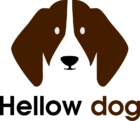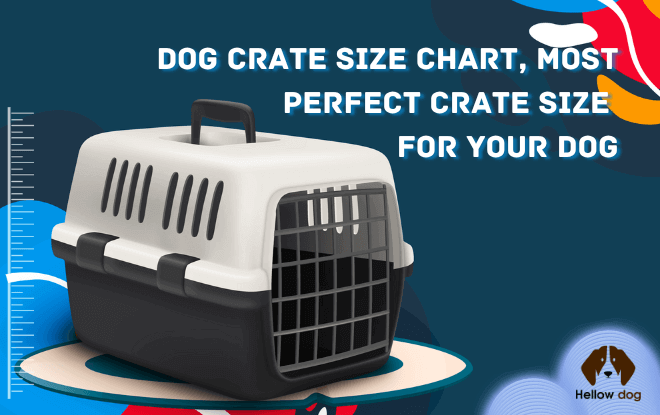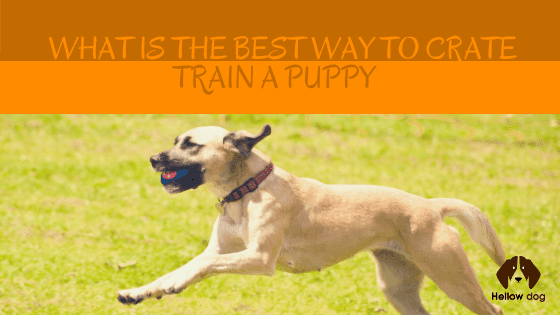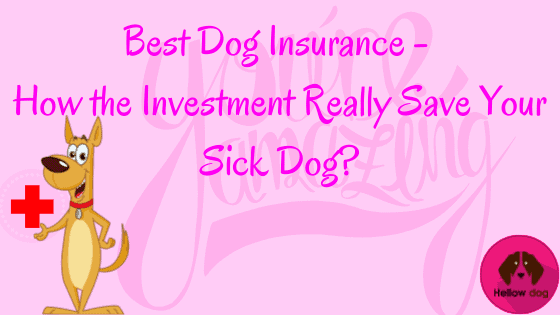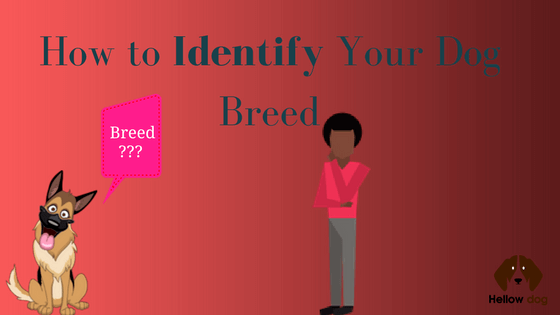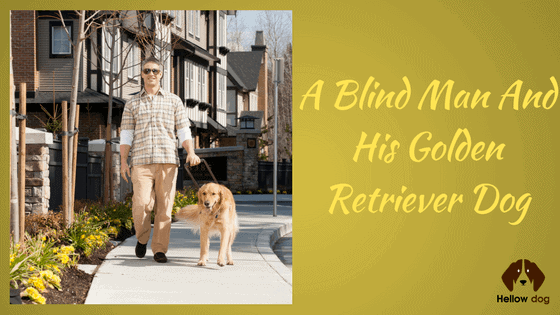Over the course of their pet’s life, most dog owners will have to go through at least one surgery with their furry friend. The article deals with dogs after surgery and what to do. Be it a simple neutering or a more complicated procedure, the basics of care remain the same. The following steps will help get your dog safely through the recovery process.
[tcb-script async=”” src=”https://pagead2.googlesyndication.com/pagead/js/adsbygoogle.js”][/tcb-script][tcb-script] (adsbygoogle = window.adsbygoogle || []).push({});[/tcb-script]
Take Notes When Talking to Your Vet
When your veterinarian explains pre and post-operation procedures to you, he or she will likely be throwing a lot of important information at you very quickly. It’s difficult to remember every fine detail but for the sake of your dog’s optimal surgery and recovery, take notes to avoid any risks or complications.
Don’t shy away from asking your vet to repeat information if you missed it the first time. While you’ll most likely be receiving written care instructions at checkout, keeping your own notes is a great way to make sure you leave your veterinarian with all the pertinent information you need to aid in your dog’s recovery.
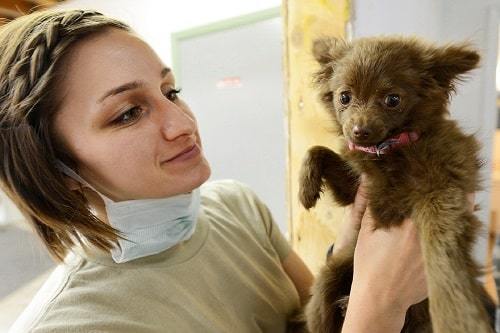 [tcb-script async=”” src=”https://pagead2.googlesyndication.com/pagead/js/adsbygoogle.js”][/tcb-script][tcb-script] (adsbygoogle = window.adsbygoogle || []).push({});[/tcb-script]
[tcb-script async=”” src=”https://pagead2.googlesyndication.com/pagead/js/adsbygoogle.js”][/tcb-script][tcb-script] (adsbygoogle = window.adsbygoogle || []).push({});[/tcb-script]
Provide Comfortable Transportation
When your dog comes out of surgery, they will be heavily drugged and still under the influence of anesthesia, therefore; they may not yet be feeling any pain. It’s important to keep your dog safely confined on the way home. If still heavily sedated they could wind up being thrown around the car every time you come to a stop, and if they’re on heavy pain medication, they’re likely to move around your vehicle and potentially injure themselves.
Keep a crate in the back of your car with a soft blanket inside. Make sure you drive slowly and try not to make any sudden stops. If you have errands to run, drop your dog off at home first rather than leaving them in the car while you attend to your chores.
Make a Soft Recovery Nest
Your dog could be vulnerable to a lot of pain for the first little while post-op, but you can minimize any potential discomfort by providing them with a soft recovery area. Lots of blankets and cushions will enable your dog to rest in comfort, and by adding a piece of clothing you’ve worn to the pile, the familiar scent should help him to relax a little better.
Keep Your Dog Calm
It’s essential that your dog remains calm during the recovery period. Too much movement can rip stitches or cause additional injury to the area that is healing. If your dog is hyper by nature, don’t be afraid to ask your vet for a sedative. Any veterinarian worth their salt would vastly prefer to give your dog some additional medications than risk a movement-related injury.
Create a Small Recovery Area
Keeping your dog’s movement limited while he recovers from an operation helps prevent injuries. Provide your dog with a recovery area that has enough room for him to be able to walk a few steps and turn around. You don’t want to keep your dog in a space where it can jump, run, or get involved in any other potentially damaging activities.
Give Medications Exactly as Directed
One of the most common post-op mistakes pet owners make is to prematurely discontinue their dog’s medication as soon as it starts feeling better and begins returning to its normal activities.
There are excellent reasons why your vet prescribed your dog medication, and the time they need to be taking those specific pills isn’t just some random number they made up. In order to enjoy a complete recovery, your dog needs to take each medication as directed.
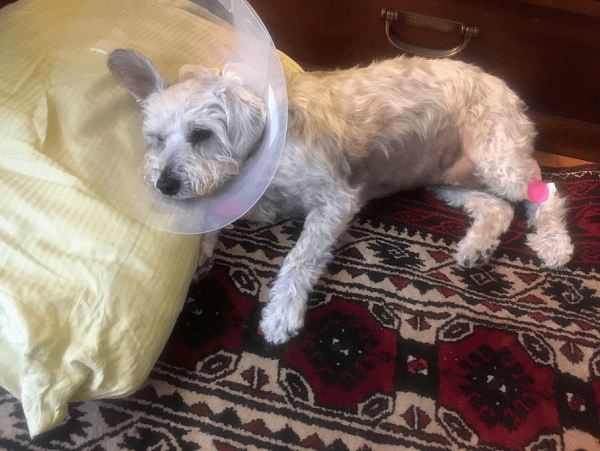

Don’t Give Your Dog Remedies Not Approved By Your Vet
As a loving pet owner, you obviously want your dog to be feeling his best again as quickly as possible. Some people try to encourage this by supplementing their dog’s prescriptions with home remedies or over-the-counter medications. Never give your dog additional treatments without consulting your vet no matter how harmless it may seem.
You never know how different ingredients will react with the medications they are taking or how they may interfere with your dog’s healing process. You can seriously injure your pet by giving it additional unapproved remedies.
[tcb-script async=”” src=”https://pagead2.googlesyndication.com/pagead/js/adsbygoogle.js”][/tcb-script][tcb-script] (adsbygoogle = window.adsbygoogle || []).push({});[/tcb-script]
Closely Watch Your Dog
For the first few hours following surgery, it’s crucial to keep an eye on your dog’s functions. Generally, when something goes wrong, it occurs within the first couple of days of being home. Things to watch for are bowel movements, appetite, temperature, and breathing.
These are all good ways to be sure your dog’s systems are functioning as they should. You should also monitor the incision site. Watch for excessive swelling, bleeding, discharge and redness. If anything seems abnormal, call your vet immediately.
Prevent Access to Incision Site
It’s natural for dogs to lick, chew or bite at areas that itch or hurt them. If your dog licks the surgery site or pushes with its nostrils, it will cause damage to the stitches, possibly resulting in infection and delayed healing. Fitting your dog with an e-collar or cone may cause some temporary discomfort, but it’s far better than the alternative. Your dog may find it annoying initially, when the collar, is fitted. But the fact is, the incision will safely heal.
Know Normal Healing Time Frames
Familiarize yourself with average healing times for the type of surgery your dog needs. When you’re aware of what to expect after surgery, it’s easier to spot abnormal healing. The sooner you see a problem, the less likely it is to develop into something serious.
Follow Correct Feeding Procedures
Immediately after surgery your dog probably won’t want to eat their usual meals. It may feel nauseous from the drugs and simply too bad to enjoy its regular diet. At first, offer your dog light, protein-rich meals. After 48 hours your dog will most likely be back to his regular food schedule. Ask your vet for recommendations about gentle foods suitable for post-operative dogs.
Keep the Water Flowing
Your dog will need a lot of liquids during recovery. Keep a bowl of fresh water in his recovery space so he can have a drink whenever he needs it. A deep, anti-slip bowl is best as it will allow him to drink while wearing an e-collar without spilling water everywhere.
Keep Potty Breaks Short and Frequent
The combination of all the medications in your dog’s system and the increased thirst that often comes with them means your dog will need to go outside more frequently than usual. Because you need to limit his movements, these potty breaks should be short and always be on a leash.
Even if you have a fencing around your yard, you don’t want your dog chasing squirrels or any other creatures while he has a fresh incision. Start with taking her outside every two hours and adjust his potty break times depending on his needs.
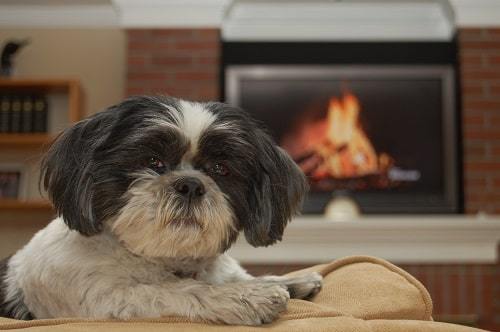
Keep Post-Op Dog Away From Other Pets and Little Family Members
In the first couple of weeks following surgery, your dog will be in a lot of pain. Just like people, dogs get irritable when they are hurting. An irritable dog may unintentionally snap at anyone who accidentally jostles him or touches the incision site. For this reason, you should keep your dog away from children and other pets.
If a young child is used to your pet being sweet and easygoing, they won’t understand the need to give him space all of a sudden. Likewise, other pets that are used to playing and roughhousing with the dog won’t know to take it easy. To prevent an injury to children or other pets is to restrict them from coming into your dog’s recovery area.
[tcb-script async=”” src=”https://pagead2.googlesyndication.com/pagead/js/adsbygoogle.js”][/tcb-script][tcb-script] (adsbygoogle = window.adsbygoogle || []).push({});[/tcb-script]
Keep Your Dog Safely Entertained
As your dog starts to recover, he will be less inclined to sleep all the time. During the recovery period there will be a time when your dog will be alert, but still, need to limit his movements in order to prevent injury. Plan low key activities to keep your dog entertained during this time which shall act as a part of much needed therapy for the dog.
Feed him in a puzzle toy, brush him in areas away from his incision or give him a rawhide bone for chewing. This will leave his brain occupied while helping to keep him relatively immobile.
Don’t Bathe Your Dog After Surgery
Moisture is the enemy of an incision. Allowing your dog’s incision area to get wet while it’s healing invites infections. Most vets recommend waiting at least two weeks after surgery before bathing your dog. This gives the incision site plenty of time to recover. If your dog gets dirty or stinky in the meantime, give him a sponge bath with pet-approved wet wipes that you can pick up at your local pet store.
Attend All Of Your Post-Op Vet Appointments
Your vet needs to have a look at your dog a few weeks after surgery to be sure that everything looks good. Many pet owners feel they can skip these appointments if their dog seems fine. Don’t make the mistake of cancelling your dog’s follow up visit. There’s no substitute for your vet’s trained eye when it comes to picking up on problems the average person might not notice. A neglected infection or unseen complication can be easily corrected if it is caught early.
Conclusion
If you stay consistent following these guidelines, you will give your pet the most comfortable recovery period possible and prevent any common post-surgery problems from occurring. Your pet will be fit again and start its normal activities before you know it. What is to be noted here is that how careful, loving, gentle and efficient you are in this postoperative period to give the best for your furry friend. Because your negligence would be painful and even be fatal. Depending on how much you care for your pets safe recovery.
Disclaimer Note:
All information contained in this website is intended for informational purposes only, as I am not a veterinarian. Furthermore, the content of the website should not be understood as an appeal to ignore the instructions or advice that may be issued by your veterinary doctor.
You May Also Like
[tcb-script async=”” src=”https://pagead2.googlesyndication.com/pagead/js/adsbygoogle.js”][/tcb-script][tcb-script] (adsbygoogle = window.adsbygoogle || []).push({});[/tcb-script]
